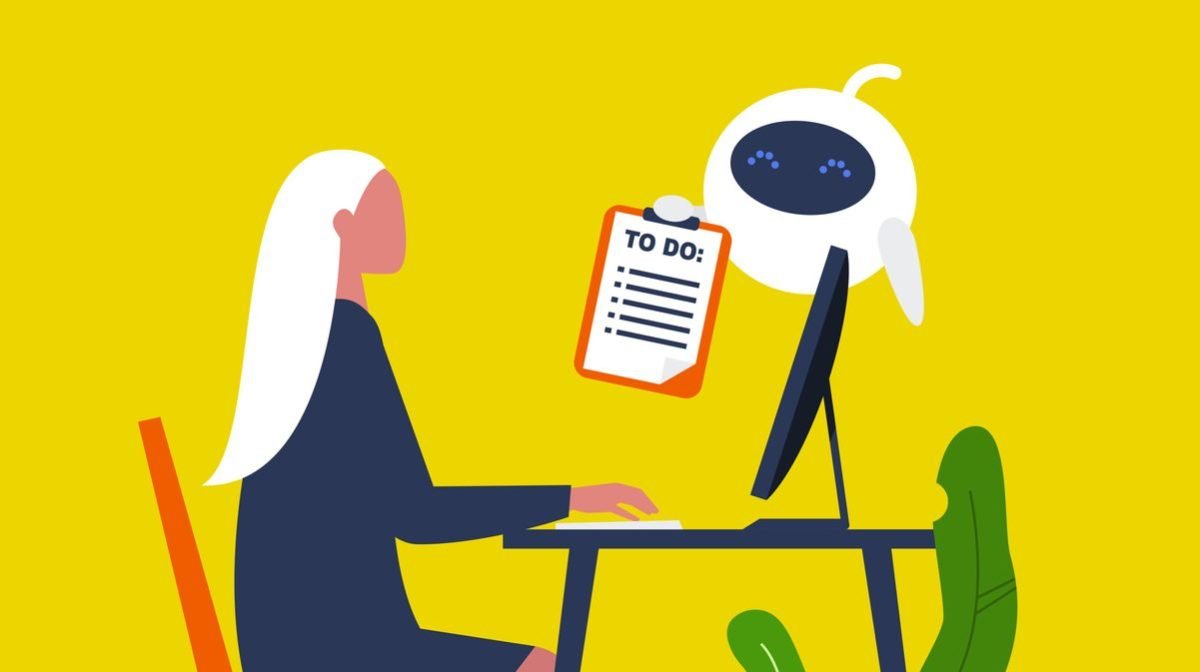The Consumer Electronics Show (CES) welcomed an overwhelming presence of “AI” this year, with multiple companies boasting about the game-changing potential of generative AI on everything from sleep, dental health, and business. However, amidst all the noise, a few examples of machine learning stood out as actually beneficial or surprising. Here are a few instances of AI that may actually do some good.
At a press event, the idea that AI may not be entirely negative came to mind when I encountered the team at Whispp. Their aim is to give a voice to the voiceless, specifically those who struggle with speech due to a condition or illness.
The name Whispp is an allegory for conditions where a person can produce words but is unable to speak due to factors such as throat cancer or injury. This results in the use of outdated electronic voice boxes. However, Whispp’s pioneering feature synthesizes whispers into natural speech, giving these individuals the power to communicate effectively.
This is made possible through a process similar to other platforms, using recorded samples of the individual’s voice to customize a voice model. But Whispp’s main challenge was developing a speech recognition model that could accurately interpret whispers and affected speech. Interestingly, this breakthrough also benefits individuals who stutter, as whispering often reduces stuttering significantly. More details on Whispp can be found here.
Right next to Whispp is Louise, a French startup dedicated to fertility tracking and advice for both men and women looking to enhance their chances of conception.
Louise is primarily a B2B operation, collaborating with hospitals and fertility clinics to analyze patient data. Utilizing machine learning as a signal detector, it sifts through thousands of data points from tests and surveys, searching for biomarkers that can offer insights into the complex process of improving fertility. With its ability to identify subtle correlations or patterns in vast data sets, AI has the potential to significantly enhance this field.
During CES, Louise also introduced its first B2C product, Olly. This fertility journey app is designed for couples, providing support from the decision to conceive to the successful outcome. It keeps track of appointments, provides information on medications and strategies, and more. Olly’s official release is set for February 14 as a global app.
The rabbit-shaped device, r1, garnered a lot of attention at CES due to its vibrant colors and pocket assistant capabilities. Despite the uncertainty surrounding the company’s future, the device itself may prove more beneficial to individuals with vision impairments than to those who simply prefer a small, hands-free device.
Voice assistants like Amazon’s Alexa and Apple’s Siri have been immensely helpful for many individuals who find navigating a smartphone or computer challenging due to the graphical user interface. By simply speaking, they can access basic information such as weather updates, news, and more. R1 takes it a step further, not only offering these basic tasks through a voice interface but also providing the ability to operate any standard phone or web application.
If r1 delivers on its promises, it has the potential to significantly assist individuals with difficulties interacting with traditional computers. And for those who use Whispp, speaking may no longer be necessary.
Elder care is another area where generative AI has its limitations. While I firmly believe that no one should have to rely on a computer for companionship, this doesn’t mean that our existing devices can’t be more pleasant when interacting with us. My stance may be clear (and lengthy) on the topic of AI emulating human qualities, but they can still exhibit kindness and helpfulness.
One company doing just that is ElliQ, who develop devices (often referred to as “robots”) for assistive care facilities. These gadgets aim to be an additional source of support, reminding patients of important tasks and checking in on their overall well-being. The latest device utilizes a large language model, creating a more natural conversation. Like ChatGPT, it can engage in a wide range of topics. With many older individuals seeking conversation and struggling to keep up with new technology and news, this device provides an excellent means of engagement. Additionally, it can assist with care and safety, alerting caregivers if a person calls for help.
While there are many more examples of AI at CES, these are just a few instances exemplifying that although it may be the next big hype, there are undoubtedly practical applications of machine learning in everyday life.








